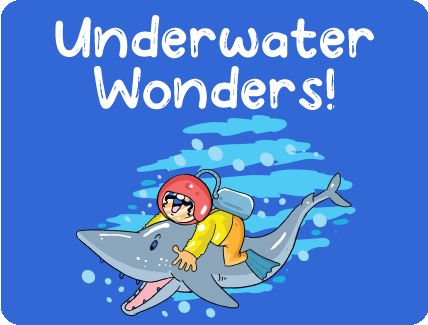Underwater Wonders!
Writer: Rebekah Sarah Jose
Illustrator: Savio Mascarenhas and Shivani Pednekar










There is beauty in nature everywhere—the mountains, the trees, the birds. Let’s dive underwater and prepare to be amazed by nature in all its weirdness and glory!